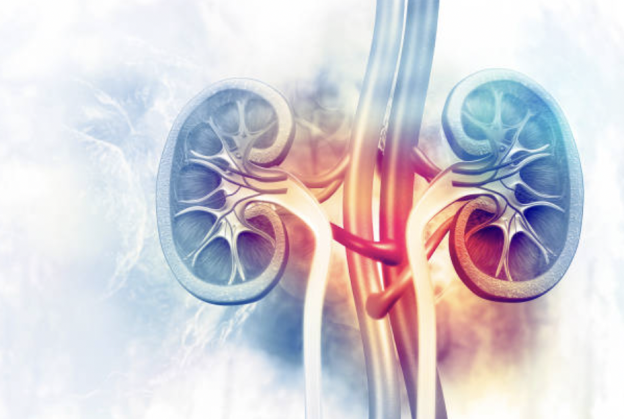Rising kidney transplant demands underscore a pressing global health concern. While 3D-printed organs promise a potential solution, challenges in printing speed and accuracy persist. Leading the way, Vidmantas Šakalys of Vital 3D provides valuable insights and hints at a transformative solution on the horizon.
The increasing demand for organ transplants paints a dire picture of the global health industry. According to the Global Observatory of Donation and Transplantation, 2021 witnessed an overwhelming 144,301 organ transplants, marking an 11.3% surge from 2020 with this number gradually increasing each year. Alarmingly, out of this figure, approximately two-thirds were kidney transplants.
In the United States alone out of almost 90,000 US citizens on the wait list for a kidney transplant in a given year, only around 25,000 receive one, with, 17 individuals losing their battle against time every day, succumbing to the consequences of extended waiting periods.
Could 3D printing be the answer?
Amidst this crisis, 3D-printed organs emerged as a promising solution. This pioneering technique, an intersection of personalized medicine and advanced bioprinting, can potentially reconcile the widening gap between the supply and demand for donor kidneys.
However, the journey towards routinely implementing 3D-printed organs in medical settings isn't without its hurdles. Bioprinting requires highly specialized equipment, as well as in-depth knowledge and precision to reproduce the intricate structures and functions of organs. The technology, while advancing rapidly, is still in its nascent stages and requires rigorous testing to ensure the printed organs are both safe and functional.
Challenges in the industry
The speed of printing, in particular, poses a significant obstacle. Striking a balance between swiftness and precision is a monumental task. Kidneys, with their intricate vascular network spanning between 100 to 150 kilometers, present an added layer of complexity.
Vidmantas Šakalys, the CEO of Vital 3D, highlights the problem, stating, "To recreate such an elaborate structure, we're often at a crossroads, having to choose between speed and accuracy. Even the most advanced bioprinters, as of now, may take up to a fortnight for an intricate print, which is hardly conducive for live cells."
A potential solution
Vidmantas Šakalys provides an exciting glimpse into the industry's future by unveiling the concept of FemtoBrush. He explains, "Light, with its pivotal role in bio-printing, has been a focus for technological advancements. Yet, the application of femtoseconds in printing still remains painstakingly slow, underscoring the inherent technical challenges. This very obstacle is behind our inspiration”
Currently awaiting patent approval the innovation aims to, revolutionize 3D printing. Armed with the Spatial Light Modulator, this technology can dynamically alter the laser beam's shape, bestowing it with unprecedented versatility. Touting a precision of up to 1 micron and impressive printing speeds, Mr. Šakalys elaborated, "Our aim with this innovation is transformative. We aspire to print the kidney's expansive vascular network, within just a 24-hour period."
In essence, while the road to mainstream 3D-printed organs is laden with challenges, sustained research, and groundbreaking technologies suggest a brighter, transformative future for addressing the kidney donor shortage.
www.vital3d.com

 Deutsch (Germany)
Deutsch (Germany)  Polski (PL)
Polski (PL) 










